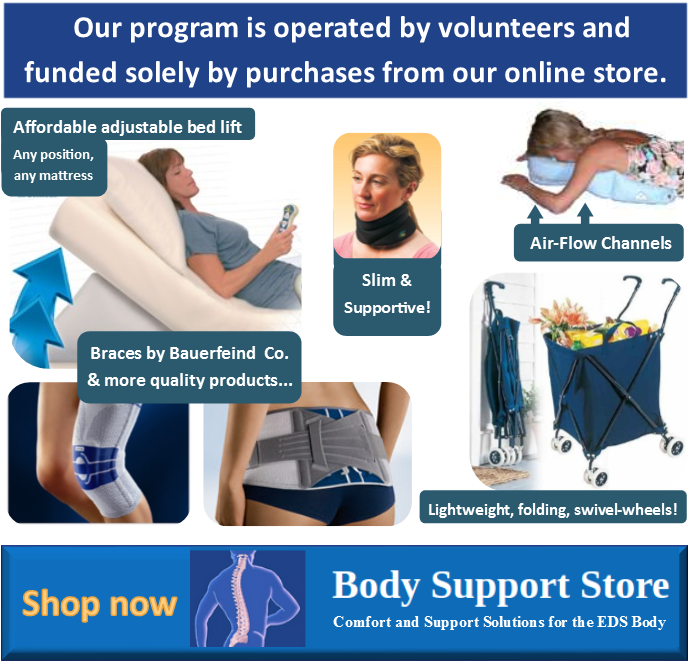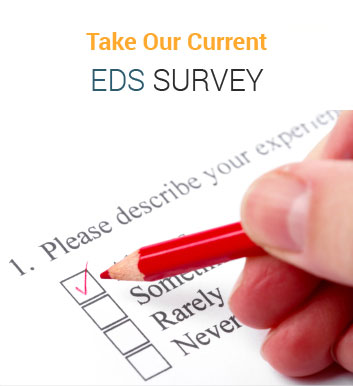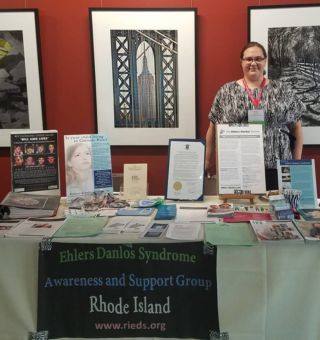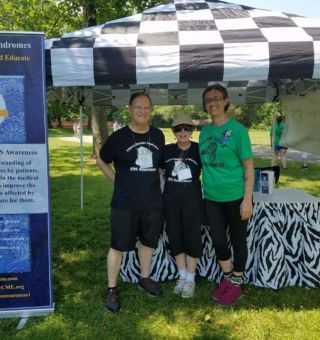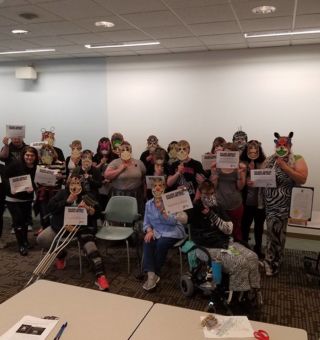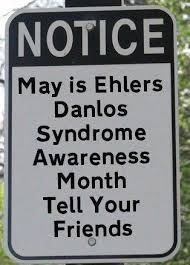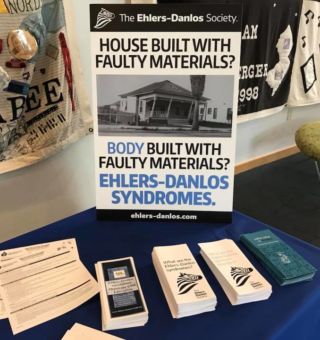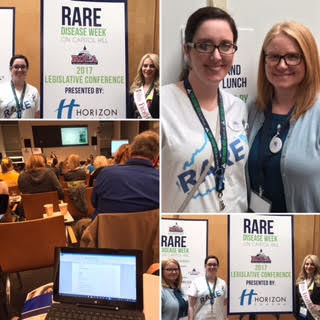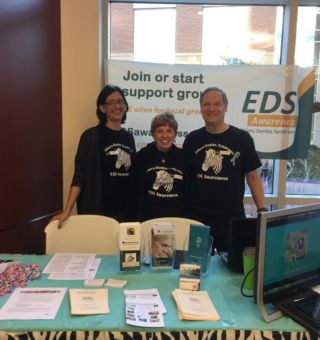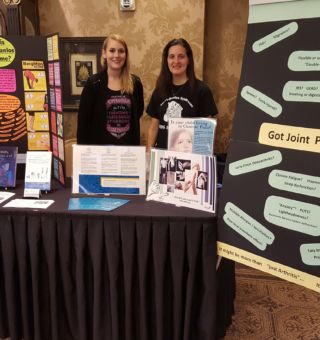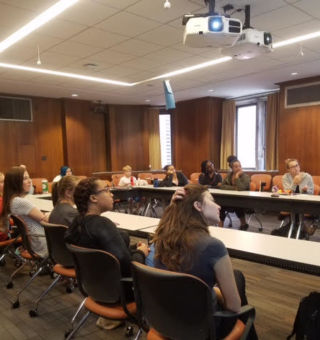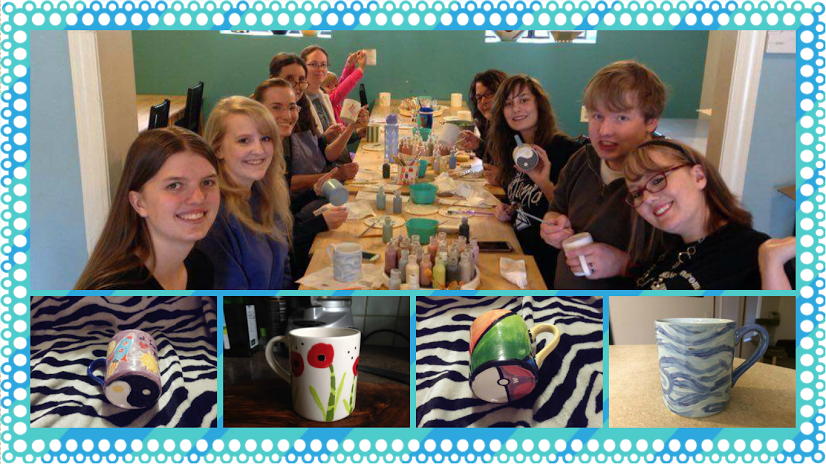The First Steps of Medicine: Unraveling S.O.A.P. Notes from a First-Year Medical Student
Many of us can often feel like we are ‘professional patients’ managing our care as a seemingly never-ending full-time job of its own. But for a moment, try picturing yourself as a first-year medical student. What tactics can you imagine you might need to learn to keep the volumes of scientific and medical data organized in your brain or techniques to leverage to effectively manage patient appointments?
Imagine… you’ve barely scratched the surface of the enormous body of medical knowledge and taken your first steps into the fascinating world of human anatomy as a first-year medical student. Your future holds mountains of textbooks, dissected cadavers, countless lectures, and sleepless nights studying massive amounts of potential symptoms and diagnoses. Within a few years, you will master the fundamental sciences, learn the basics of the human body, and somehow be ready to transform that knowledge into patient care. Suddenly, you are thrust onto the frontlines of medicine, armed with a stethoscope, a white coat, and a method for systematic thinking – the S.O.A.P. note.
Many patients are not aware of the S.O.A.P. note protocol doctors use as a process of discovery for the precious minutes with us during appointments. It provides a good perspective on how they’re trained to approach patients for intake, history, and evaluation, that’s good to be aware of. If you can better empathize with your doctor by understanding their challenges of seeing patient after patient in insurance-mandated short time frames, it might help create better outcomes for healthcare.
NOTE: This information is provided through the partnership and volunteer experience afforded by the Global Genes RARE Compassion Program, where we were able to learn about the S.O.A.P. method from future doctor Nadia Fedoryka, who just completed her first year of medical school and volunteered to share her lessons learned.
SOAP – The Medical Appointment Compass
S.O.A.P. is an acronym for Subjective, Objective, Assessment, and Plan and is a universally accepted method in healthcare for documentation and communication among clinicians. In simple terms, they’re a foundational communication method in healthcare. Consider it a compass or guide map for medical providers as they navigate the intricate landscape of patient encounters. Each section represents ways how they collect information in the magical 10-20 minute appointment.
- Subjective: This represents the patient’s narrative: when they tell you how they are doing, their chief complaint, and any symptoms, concerns, and perspectives. As a budding medical professional, you’re trained to actively listen, empathizing not just with the disease or pathology presented but with the individual experiencing it. It is a critical time to listen and humanize the experience.
- Objective: This embodies the hard data – facts and figures. Vital signs, physical examination findings, and laboratory results all fall into this category. It’s the “detective” part of the measurable parts of the process where observable or quantifiable data are gathered.
- Assessment: This is the interpretive dance between the subjective and objective. The student/doctor’s job is to integrate all the information to form a comprehensive picture, which could lead to a diagnosis or a list of potential diagnoses. This is where the problem-solving happens, drawing on their experience and educational training to recognize any potential causes of symptoms.
- Plan: This is the final act where the medical student, under the supervision of their instructor or doctor, devises a management plan. The goal is to address the diagnosed issue or to investigate the potential diagnoses further. This is the ‘what we are going to do next to care for you’ part. Will we order labs, tests, and imaging to learn more? Will you see other specialists to further define the issues and identify unseen things inside the body? And where we plan for follow-ups or check-ins.
Making SOAP
Through the S.O.A.P. notes, a medical student memorizes the protocol to better learn the art of balancing hard science with soft skills. This framework serves as a step-by-step guide to patient interaction, laying a foundation for more advanced skills that will be honed over the course of their medical education and years of experience. It’s the gathering of necessary data from you and active problem-solving also while balancing compassion and empathy for what you are going through.
But what does this mean for you as a patient? How do you fit into this process? Here’s the key takeaway: You’re the protagonist of your healthcare narrative, and understanding the S.O.A.P. approach can better equip you for active participation in your health management and appointment optimization. Here are ways you can help:
1. Know Your Body: Before your appointment, try to articulate your subjective experiences. What symptoms are you experiencing? When did they begin? Have there been changes over time? Your insight into your body is a crucial piece of the puzzle for your healthcare team. Think location, intensity, duration, etc., of where your symptoms are and how they impact you.
2. Come Prepared with Your Data: Have relevant medical history handy, such as current medications, allergies, recent lab results, or records from other healthcare providers. The more objective data available, the more informed the assessment can be.
3. Engage in the Assessment: Feel free to ask questions about potential diagnoses or treatment plans. If your provider is considering multiple possibilities, inquire about the reasoning behind each one and what additional testing or adverse reactions that might be required to clarify things.
4. Be Part of Your Plan: Make sure you understand and agree with your care plan. If a certain treatment seems incongruous with your values or lifestyle, speak up. Your healthcare provider can help tailor a plan that best suits your needs and circumstances. Keep in mind details outlined are official communications to other providers and can impact your care through being detailed in your medical records, both in a positive or negative way. If you want something noted, ask your doctor to note it in the S.O.A.P. notes.
Remember, the S.O.A.P. method is not just a medical tool but also a collaborative process that depends on active patient involvement. As a patient, understanding the early training of medical students can help you become a more engaged partner in your healthcare journey. The rhythm of the S.O.A.P. method resonates most harmoniously when all involved contribute their creation.
To learn more on this topic…
- If you want to learn from our interview with a second-year medical student on what they learned about S.O.A.P. notes, watch this video from Christie Cox, an EDS patient advocate, whereshe interviewed future doctor Nadia Fedoryka posted on YouTube.
- To learn more about how to better prepare for medical appointments from a patient perspective, check out this ebook from Karina Sturm, where she recapped her presentation to patients with EDS outlining her experience in becoming a professional patient and what to look out for.
- To consider the doctor’s side of the equation, read this article on seven habits that secretly annoy your doctor that could be getting in the way of your care. https://www.thehealthy.com/healthcare/doctors/habits-that-secretly-annoy-your-doctor/



